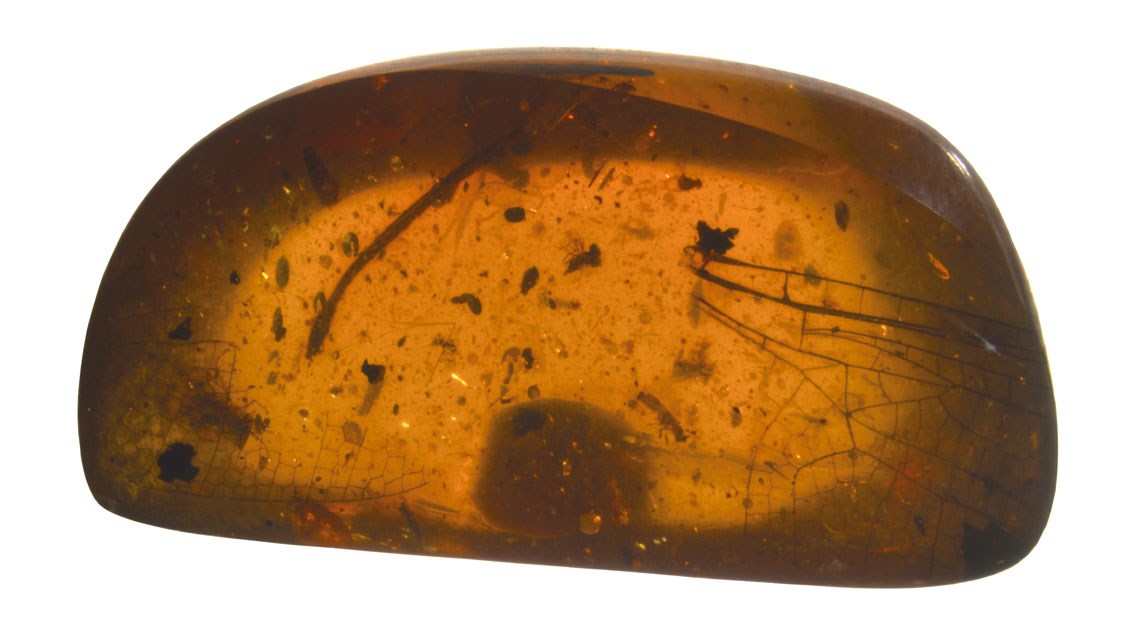Paleontologists from the world’s scientific powers are taking advantage of the conflicts in Myanmar, Asia, to obtain rare fossils preserved in amber and describe them in scientific articles. The country has one of the most significant reserves of Upper Cretaceous fossils and has prohibited their removal from its territory since 2015. Most of the fossils, however, are trapped in amber (fossilized tree resin), which is considered a precious stone and can be legally exported. Paleobiologist Emma Dunne of the University of Erlangen-Nuremberg, Germany, and her colleagues analyzed articles on fossils in amber from Myanmar published between 1995 and 2021. There was a slow rise in the number of articles until 2014, authored mostly by scientists from the USA, UK, France, Germany, and Brazil. The pace then accelerated rapidly at the same time as armed disputes broke out between the government and separatists in the north of the country, where the amber mines are located, and while amber reserves in neighboring China were becoming depleted (Communications Biology, September 29).
RepublishPALEONTOLOGY
Myanmar fossils in foreign hands

Amber from Myanmar containing a fossilized dragonfly from the Cretaceous period
Schädel, M. e Bechly, G. Zootaxa

